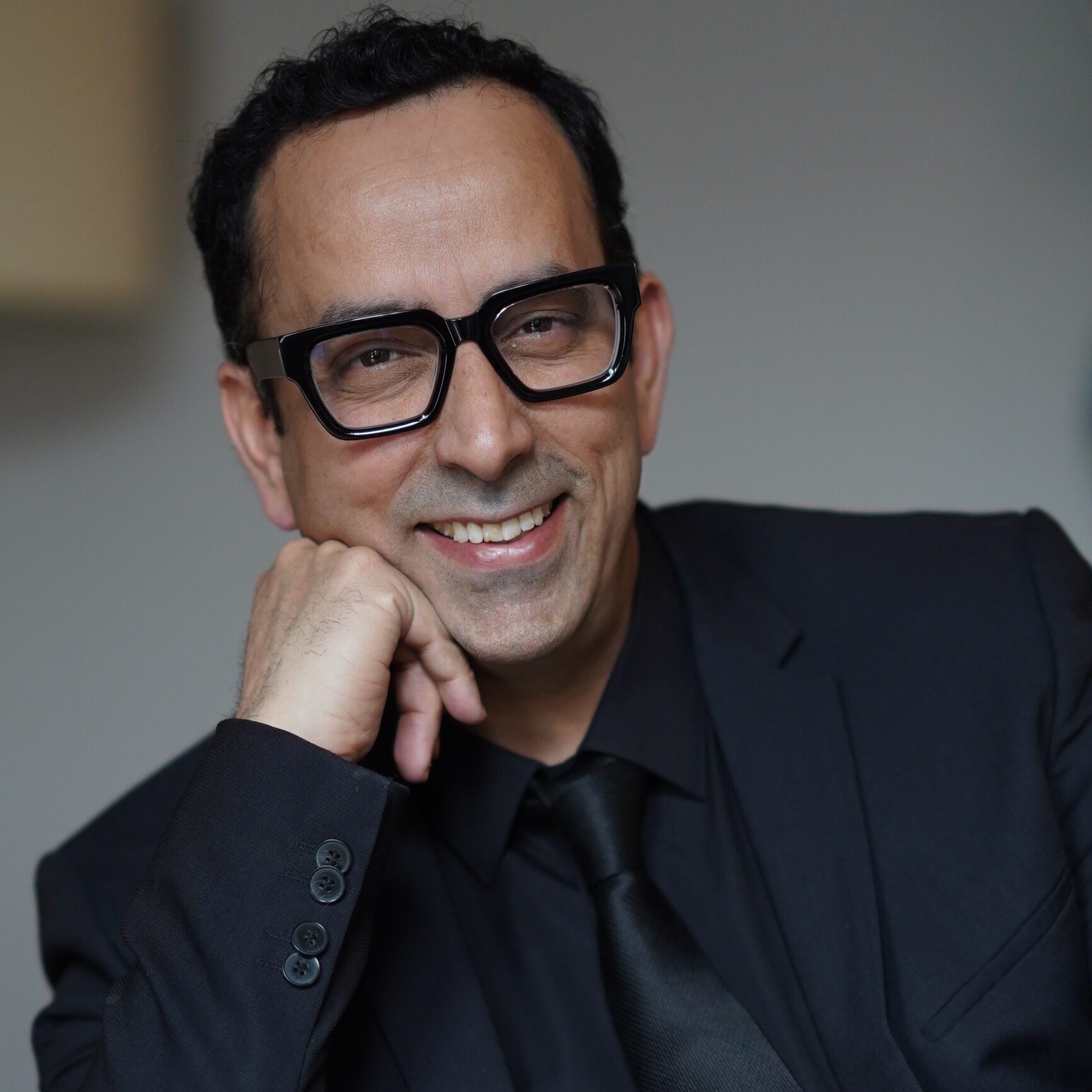Elon Musk: Beyond his ventures in automotive and space, Musk’s Neuralink aims to develop advanced brain-machine interfaces, potentially enhancing human cognition and addressing neurological disorders.
Hugh Herr: Leading the Biomechatronics Group at the MIT Media Lab, Herr’s pioneering work focuses on creating advanced prosthetic limbs that blend seamlessly with the human body, elevating physical capabilities.
Dr. Randal Koene: A neuroscientist and proponent of whole brain emulation, Koene delves deep into the realm of enhancing human cognition by merging the brain with computational elements.
Dr. Theodore W. Berger: Working at USC, Berger is known for developing artificial hippocampal chips, potentially aiding memory function and laying groundwork for neural augmentation.
Ray Kurzweil: An author and futurist at Google, Kurzweil’s predictions on the singularity emphasize human-machine convergence, leading to enhanced human capabilities.
Dr. Max Ortiz-Catalan: Based at Chalmers University of Technology, Ortiz-Catalan’s work in neuromuscular interfaces and virtual reality aims to improve prosthetic and orthotic devices, enhancing their integration with the human body.
Dr. Kevin Warwick: Recognized for his experiments in implanting technology into his own body at the University of Reading, Warwick’s endeavors explore the boundaries of human-machine symbiosis.
Dr. Arati Prabhakar: Former director of DARPA, Prabhakar has overseen numerous projects related to human augmentation, from exoskeletons for soldiers to brain-computer interfaces.
Dr. Mikhail Lebedev: A researcher focusing on brain-machine interfaces, Lebedev’s work at Duke University investigates how external devices can be controlled by human thoughts, paving the way for advanced augmentation.
Dr. Jennifer Collinger: At the University of Pittsburgh, Collinger’s research on brain-computer interfaces aims to restore function to individuals with paralysis, emphasizing the fusion of technology and neural pathways.

